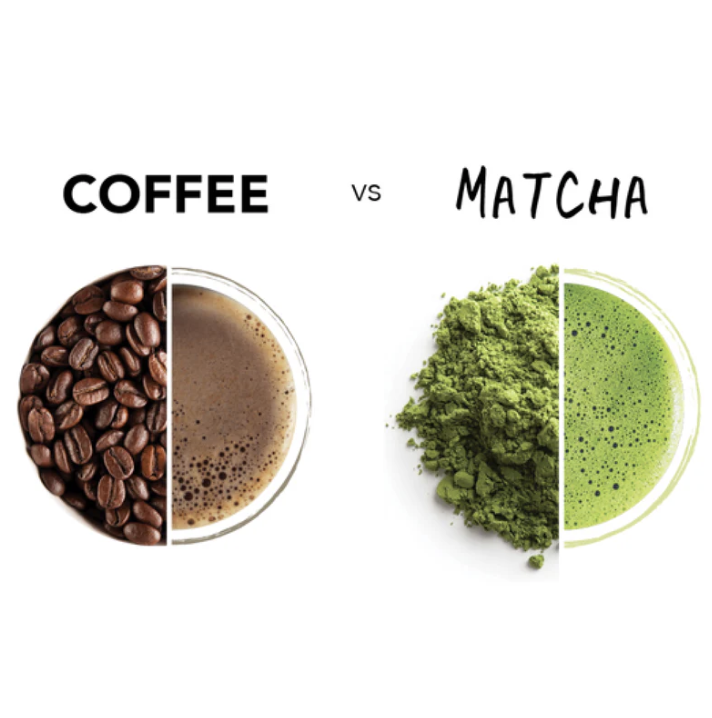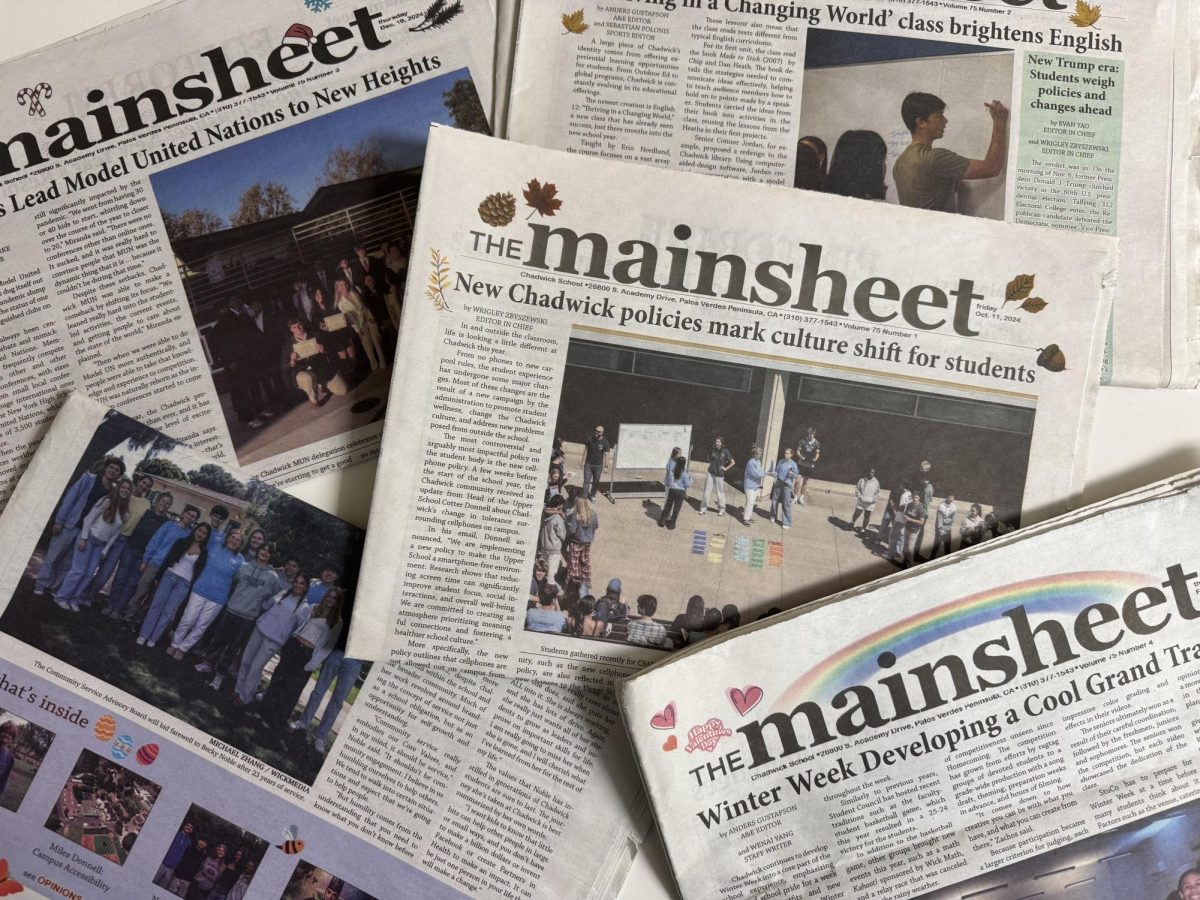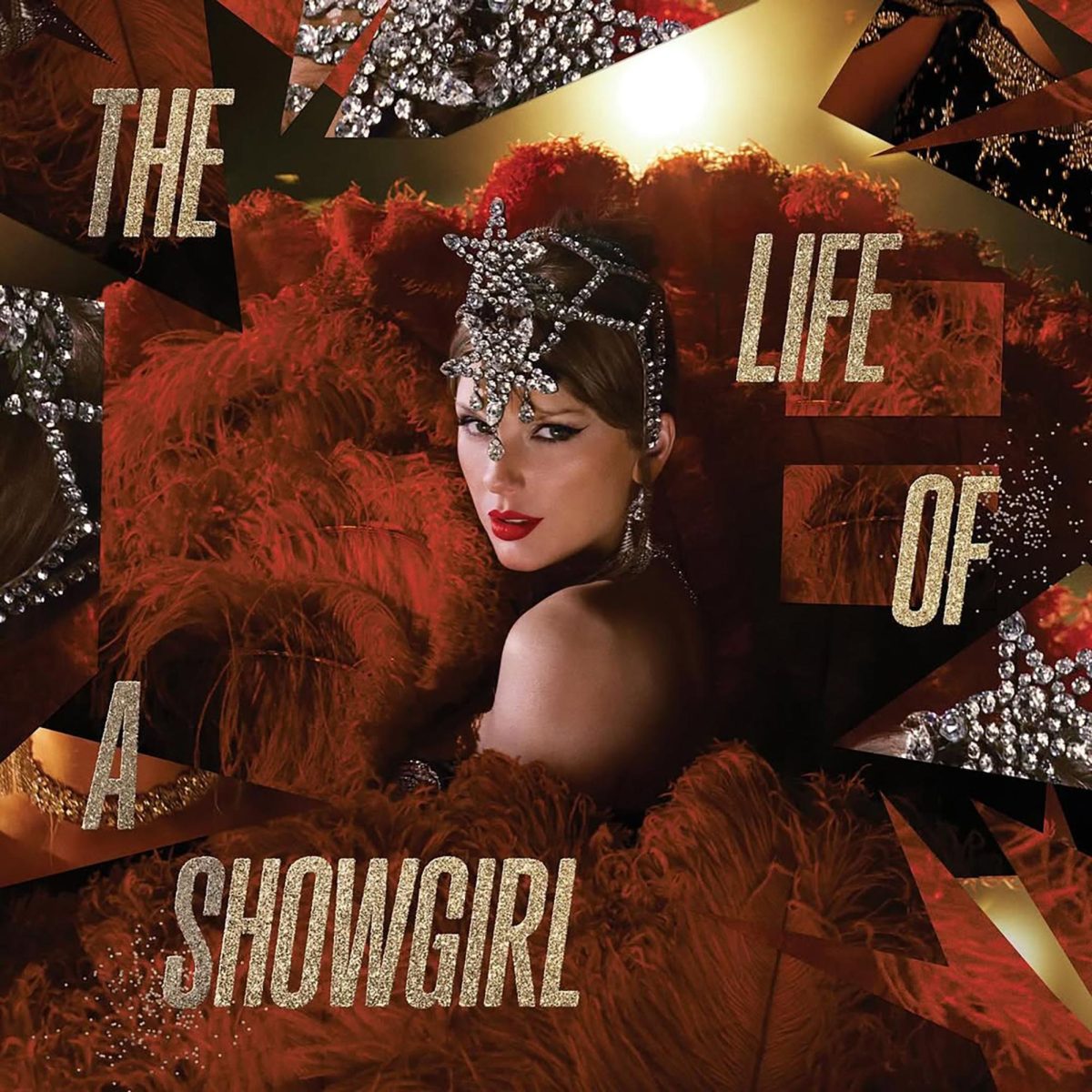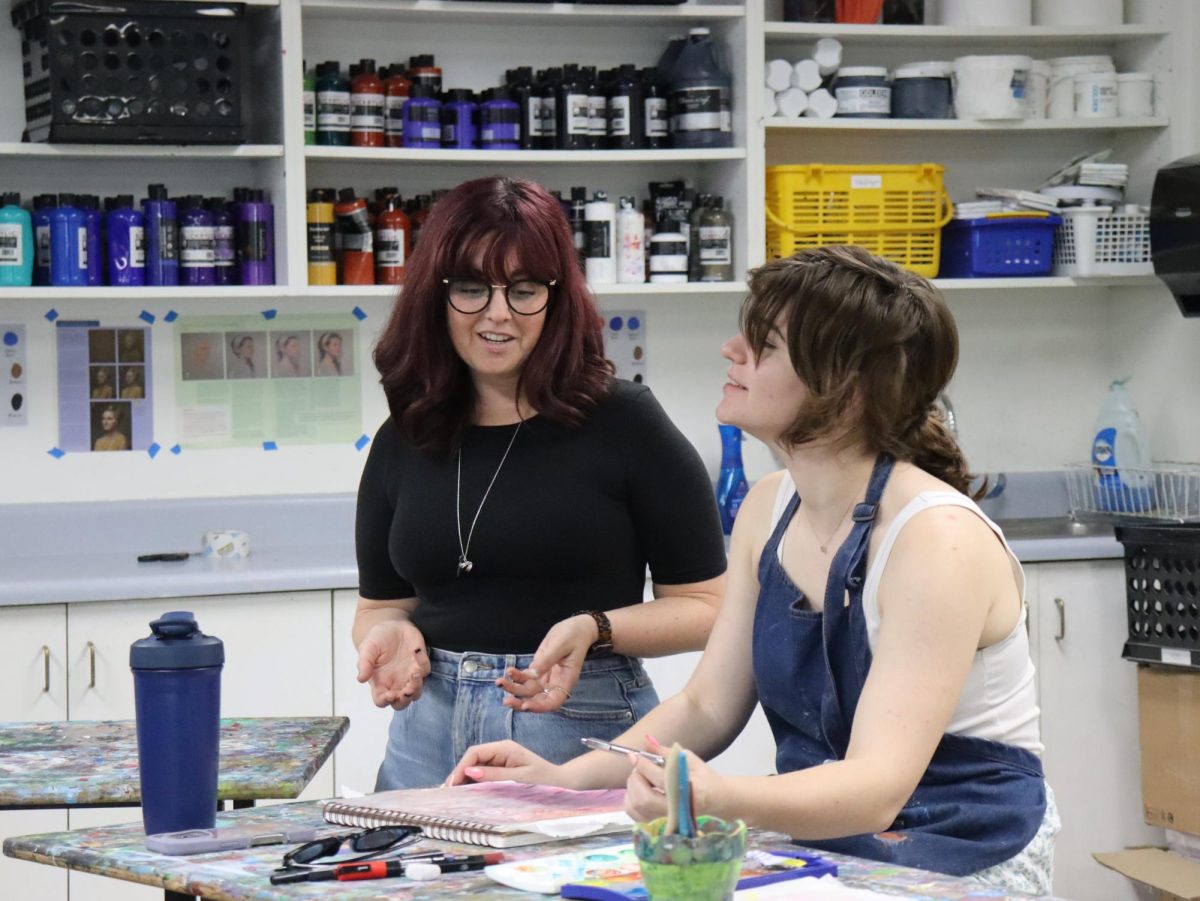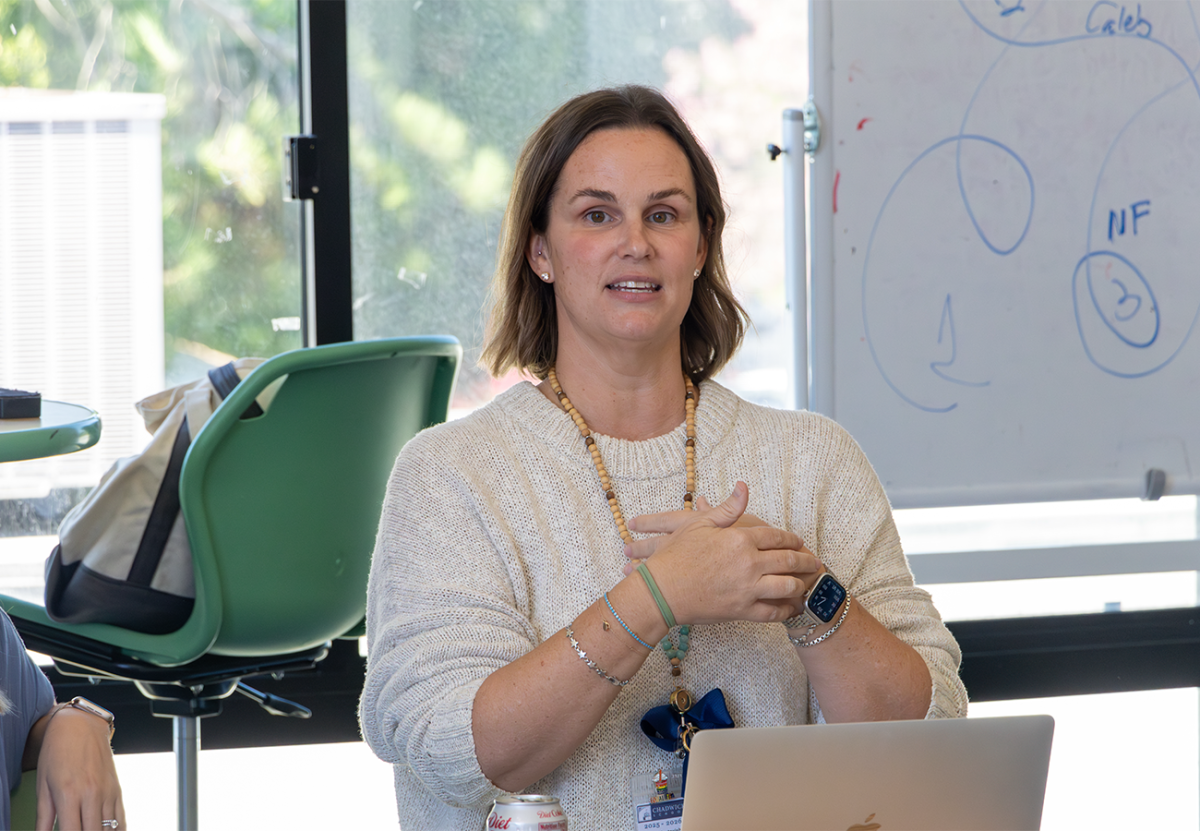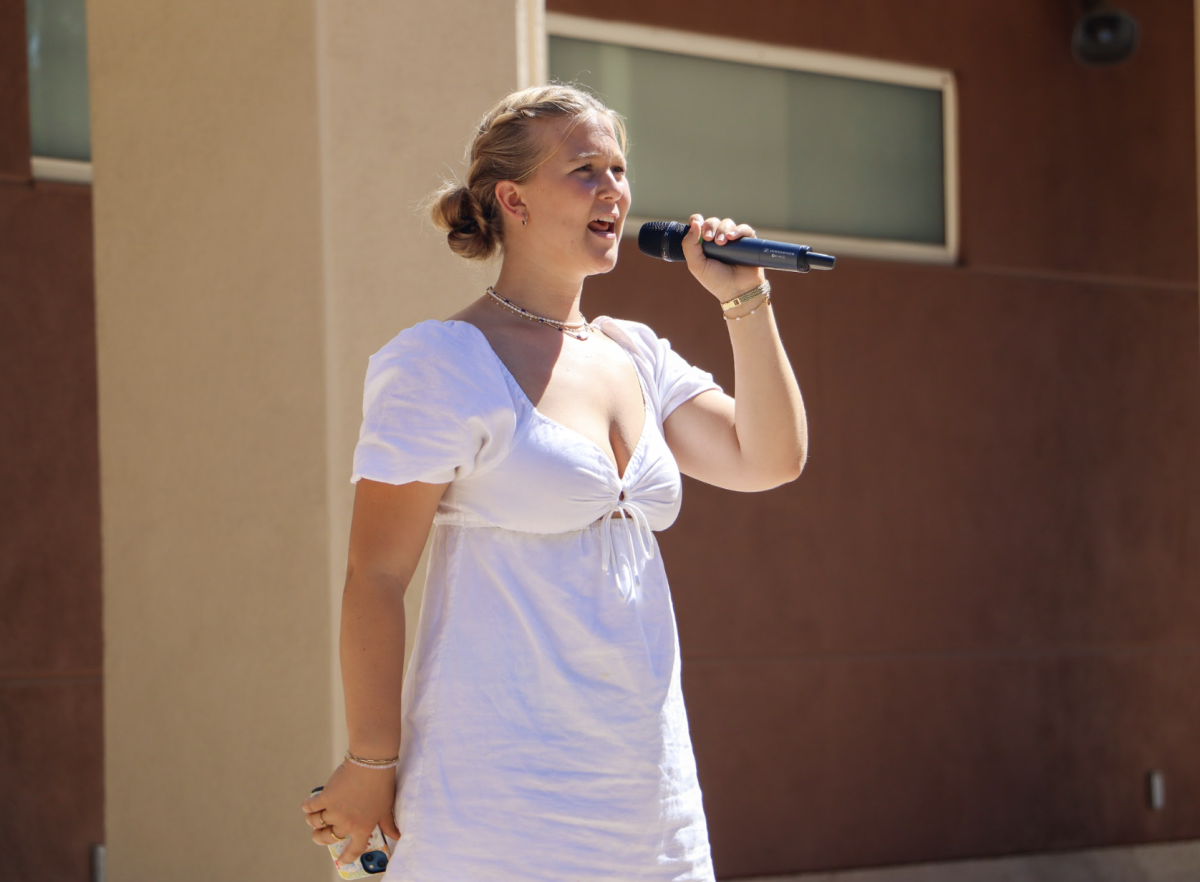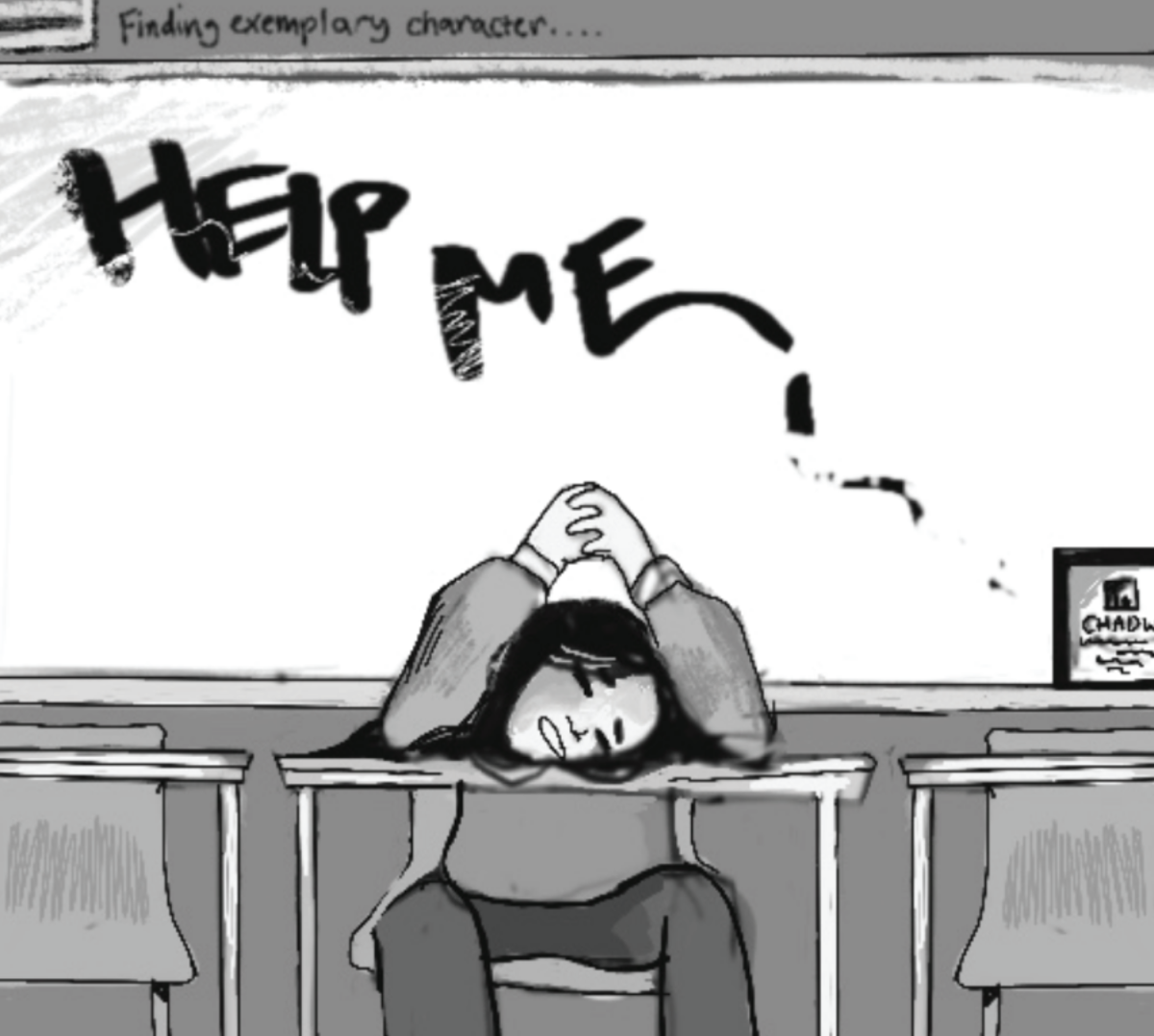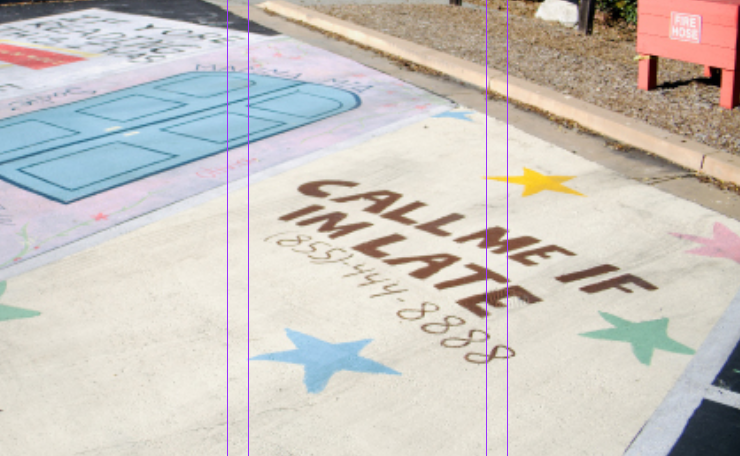No building represents Chadwick quite like Roessler Hall. This isn’t debatable: the top of the building, including the iconic dolphin weather vane, appears on Chadwick’s logo. Roessler represents Chadwick’s history as one of the oldest buildings on campus, and its namesake, Fred Roessler, played a key role in funding Chadwick.
Almost every Upper School student has at least one class per year in the iconic building, and its eight classrooms are typically full during every period of the day. And recently, almost every student has noticed one significant change: a so-called “upgrade” that sterilizes the classrooms and negatively impacts the experience of attending class in the building.
Roessler’s renovation revealed itself last year, as Room 142 served as the test subject. Sporting new lighting, whiteboards, projectors, blue walls, desks, and chairs, this classroom promised an “upgrade” to “make learning visible and provide environments where students and teachers can do their best work” (Ms. Donovan’s words, not mine). These upgrades, however, just make learning more difficult.
To start, the atmosphere of the classrooms feels off. Every poster? Gone. The barren walls make the classrooms more hostile, like a factory intended to churn out global citizens with keen minds, exemplary character, and everything else Chadwick strives for. Learning happens when the classroom invites students to participate and makes them comfortable, not when it makes them feel trapped in a millennial gray nightmare.
The lack of life in the classroom is the main issue. Although teachers in these classrooms will hopefully alleviate this issue throughout the year, Roessler’s walls are more barren than the Senior deck after 3 P.M. Instead, each classroom has been filled with exactly two potted plants in different corners of the room.
While adding some nature counteracts the overly corporate feel that Roessler has adopted, the systemic distribution just feels like a forced attempt to add life to the dreary classrooms. I will concede that adding whiteboards across the walls has been a huge change that allows teachers and students more space to work through and visualize ideas, especially with the additions of new markers across the classrooms.
The new lighting also helps the classrooms feel more alive and has already helped many students stay awake during 8 a.m. classes. The whiteboards, however, seem excessive at a point. Look towards the windows in any Roessler classroom, and you’ll see a skinny little whiteboard that extends
out to the window. It’s too small to draw anything there. Why is it there?
The school also replaced the desks with incredibly boring, chunky desks and chairs that take up too much space.
Every class in Roessler now has the same eighteen desks, and a glance into an empty classroom is like looking at any suburb where all the houses were copied and pasted. The new desks also take up much more space, making each classroom feel more cramped.
Compared to even the kidney shaped desks that many students hated, these desks don’t add much. If a teacher wishes to make a U shape for a class discussion, some students will always be at the very
edge of the classroom.
There’s one exception to this. In room 114, there are smaller tables merged together, ideal for collaborations. These desks make
for exceptional environments for classes that want to focus on creating collaborative environments, and still create a ton of space in the
classrooms.
Of course, it’s important to note that classrooms do need updates. Paint was peeling off most of the rooms last year, and the awkward kidney shaped desks were widely detested for their shape, even if their economic shape made it easier to create discussions that felt like a circle. Roessler used to feel like a traditional building filled with history, and it’s lost much of its character. There’s one word that properly describes this: gentrification. Chadwick has “upgraded” Roessler similarly to how cities remodel neighborhoods to attract richer tenants, but this upgrade in costs removes the neighborhood’s culture and important parts of history for many people.






